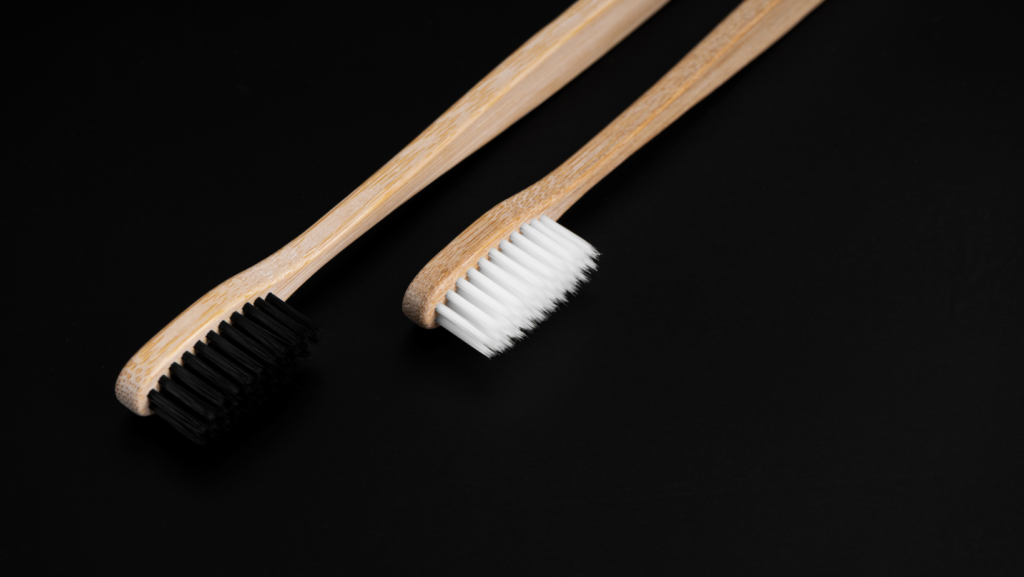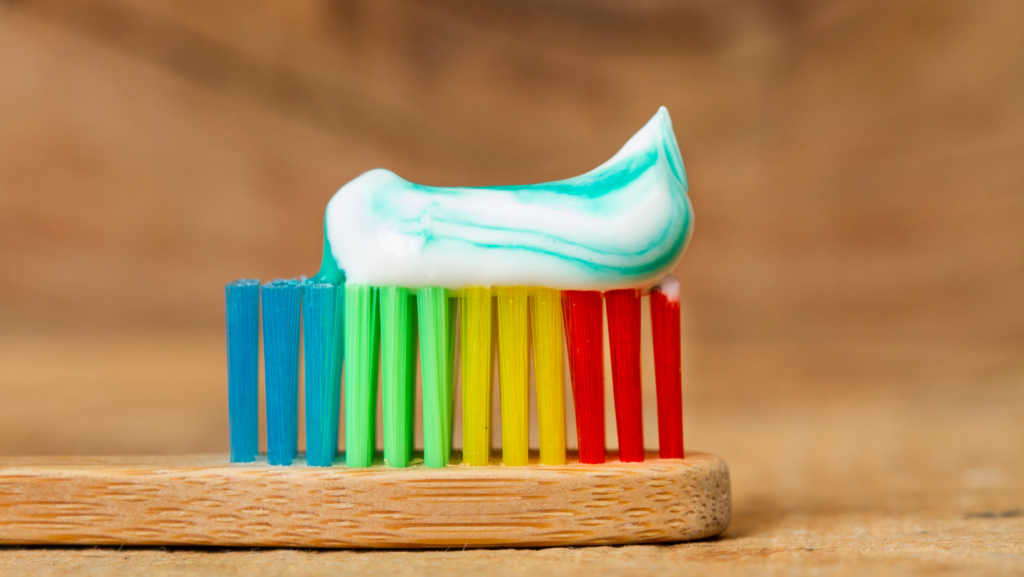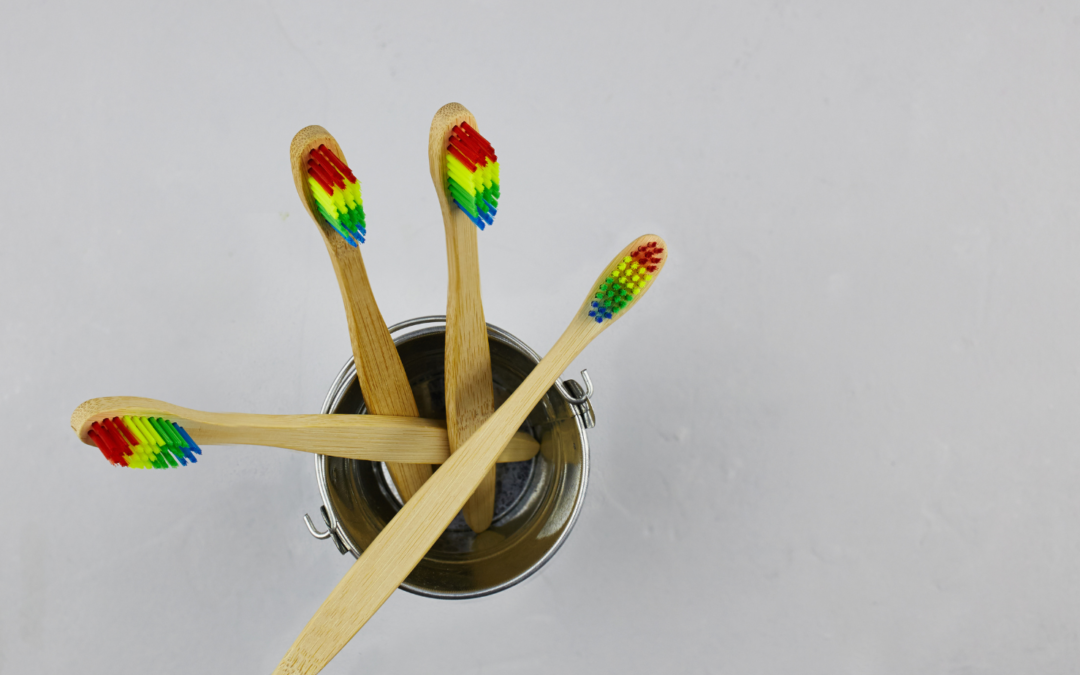When it comes to choosing a toothbrush and toothpaste for your child, there are a lot of factors to consider. You want to make sure that you are picking the right products for their age, as well as their individual needs. Here are some tips on choosing the best toothbrush and toothpaste for your child.
Toothbrush
When choosing a toothbrush for your child, you need to consider the bristles. For young children, it is best to choose a toothbrush with soft bristles. As they age, you can switch to a toothbrush with medium or hard bristles. You also want to ensure that the toothbrush has a small head so it can reach all areas of the mouth.
Toothpaste
When it comes to toothpaste, you want to make sure that you choose a fluoride-free variety. This is because young children can easily ingest too much fluoride if they use regular toothpaste. There are many brands of fluoride-free toothpaste on the market, so you should have no trouble finding one your child will like.
You also want to make sure that the toothpaste is not too abrasive. This can damage the tooth enamel and cause sensitivity. Instead, look for a specially formulated toothpaste for children’s teeth.
Factors to Consider When Choosing A Toothbrush For Your Child

There are a few other factors you need to keep in mind when choosing a toothbrush and toothpaste for your child.
The type of bristles – soft or hard?
When choosing a toothbrush for your child, one of the most important factors is the type of bristles. Soft bristles are typically best for young children as they are gentle on the gums and effective at removing plaque. Hard bristles, on the other hand, can be too abrasive for young children and may irritate them. In addition, hard bristles can also wear down tooth enamel over time. For these reasons, parents should generally choose a toothbrush with soft bristles for their child. However, the best type of toothbrush for your child will ultimately depend on their individual needs and preferences. If you are unsure which type of toothbrush to choose, consult with your child’s dentist for guidance.
The Size of the Toothbrush Head
Another important factor to consider when choosing a toothbrush for your child is the size of the toothbrush head. It is important to choose a toothbrush with a small head so that it can reach all areas of the mouth, including the back teeth. In addition, a small head will help to prevent your child from swallowing the toothbrush while brushing.
Whether it has a tongue scraper on the back
If you are looking for a toothbrush that can help clean your child’s tongue, look for one with a tongue scraper on the back. A tongue scraper can help remove bacteria and food debris from the tongue, promoting fresher breath and a healthier mouth.
The handle
When choosing a toothbrush for your child, you will also want to consider the handle. Some toothbrushes have ergonomic handles designed to fit comfortably in your hand. Others have long handles that may be easier for children with small mouths to grip. Ultimately, the best handle for your child will depend on their individual needs and preferences.
How often should a toothbrush be replaced?
You should replace your child’s toothbrush every three to four months, or sooner if the bristles become frayed. In addition, it is important to replace your child’s toothbrush after they have been ill, as bacteria can linger on the bristles.
If it’s electric or manual
Electric toothbrushes are becoming increasingly popular, but they are not necessarily better than manual toothbrushes. Ultimately, your child’s best type of toothbrush will depend on their individual needs and preferences. If you are unsure whether to choose an electric or manual toothbrush, consult your child’s dentist for guidance.
Whether the toothpaste is cavity-fighting
Cavity-fighting toothpaste is unnecessary for children, as they are not yet at risk of developing cavities. Cavity-fighting toothpaste can be harmful to children if they ingest too much. For this reason, choosing a fluoride-free toothpaste for your child is important. There are many brands of fluoride-free toothpaste on the market, so you should have no trouble finding one your child will like.
What to Avoid
When choosing a toothbrush and toothpaste for your child, you should avoid a few things.
Fluoride

While fluoride is essential for preventing cavities, it can be dangerous if ingested in large quantities. For this reason, it is important to choose a fluoride-free toothpaste for young children. Many brands of fluoride-free toothpaste on the market are safe for young children to use.
Sugar
You should also avoid toothpaste that contains sugar. Sugar can promote the growth of bacteria in the mouth and lead to cavities. In addition, sugar can be addictive and may cause your child to develop a sweet tooth. There are many brands of sugar-free toothpaste on the market that are safe for young children to use.
Artificial colors and flavors
Artificial colors and flavors can be harmful to your child’s health. In addition, they may cause your child to develop a preference for sweet-tasting toothpaste. There are many brands of toothpaste on the market that do not contain artificial colors or flavors.
Artificial colors and flavors
Some kinds of toothpaste contain artificial colors and flavors that can harm young children. These chemicals can irritate and may even be toxic. For this reason, it is important to choose toothpaste that is free of artificial colors and flavors. Many brands of natural toothpaste on the market are safe for young children to use.
Conclusion
When choosing a toothbrush and toothpaste for your child, you should avoid a few things. Fluoride, sugar, artificial colors, and flavors can harm young children. It is important to choose toothpaste that is free of these chemicals. Many brands of natural toothpaste on the market are safe for young children to use. Ultimately, the best toothbrush and toothpaste for your child will depend on their individual needs and preferences. Consult your child’s dentist for guidance if you are unsure which products to choose.

If you want to learn more about oral health, please subscribe to this site.